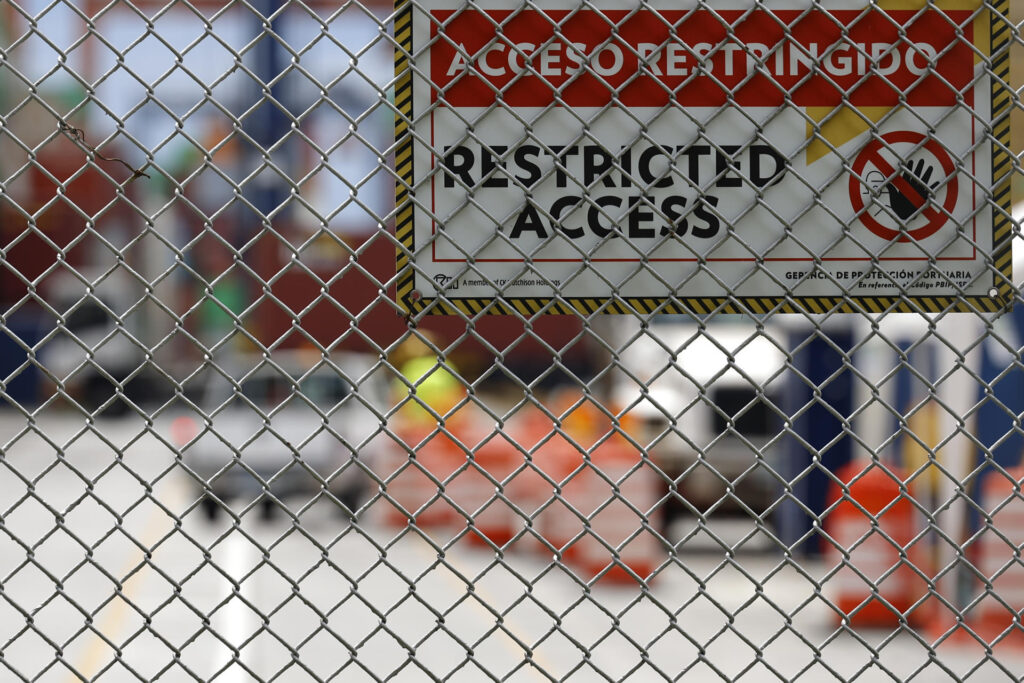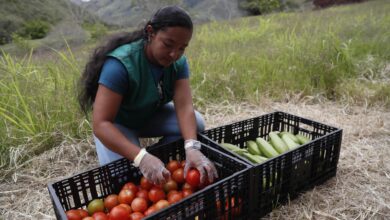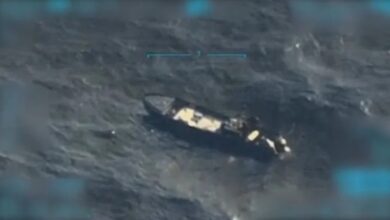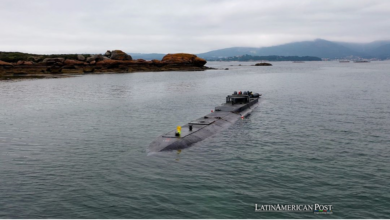Latin America Battles Narcos Container Hacks as Insiders Sell Routes

Cocaine is no longer sneaking through borders on mules or small planes. It is flowing through the beating heart of global trade: shipping containers. Corrupted dockworkers, clerks, and crews are turning the world’s most efficient invention into cartels’ favorite disguise, and Latin America’s ports are now the most vulnerable gates.
Ports become the new front line
The World Customs Organization (WCO) is blunt about where the global supply chain is breaking: inside the gates. In its 2025 report—Infiltration of Maritime Cargo Supply Chains: Organized Crime, Cocaine and the Insider Conspirator—the Geneva-based watchdog warned that traffickers are exploiting port workflows with alarming precision.
According to EFE’s reporting on the study, “the high number of cocaine detections in Panama’s transshipment ports strongly suggests much of the contamination involving insider conspirators occurs there,” with similar trends in other Latin American hubs where criminal groups have infiltrated the workforce.
The figures are staggering. Customs and police logged 1,321 cocaine detections in maritime cargo in 2024, representing 635.2 metric tons worldwide. Behind those headlines are hundreds of case files pointing to the same quiet vulnerability: ordinary employees with legitimate access who are either corrupted or coerced.
Ports were designed for speed. Containers race from trucks to cranes to ships in a ballet of efficiency. But that very speed has become the cartels’ ally. A “clean” box can be dirtied in a moment—in a trucking depot, on a dock, at a transshipment hub—then sail unchallenged across the ocean. Latin America’s role is pivotal: it produces most of the world’s cocaine, and its ports on both the Caribbean and Pacific serve as crossroads before cargo heads to Europe and beyond.
The insider is the master key
Behind almost every successful operation stands someone in uniform or overalls who knows the system. The WCO’s analysis of more than 2,600 global seizures in 2023–2024 found 68% involved insider participation, according to EFE.
Insiders are indispensable. They flag which containers are worth contaminating, pull sensitive manifest data and seal numbers, and create the time and space for covert loading. With a genuine seal number in hand, criminal groups can forge duplicates so a compromised container looks intact when it rolls out of the port.
Industry leaders are no longer downplaying the threat. The WCO cites a stark warning from APM Terminals’ chief executive, who told shipping companies they are “dealing with some of the most dangerous people in the world” infiltrating supply chains “end-to-end.” That means contamination can happen anywhere: during the inland drive to the port, inside the origin terminal, at a transshipment hub, in a yard between terminals, or even at sea with a ship’s crew coerced into complicity.
The result is sobering. Criminals who once struggled to breach the gates now operate as gatekeepers, exploiting the very people entrusted with keeping trade flowing.
Five ways to hide a global drug trade
If the insider provides the opportunity, container design provides the cover. The WCO identifies five primary concealment methods.
The most common is the “rip-on/rip-off”, or gancho ciego. Bundles are slipped into a legitimate load, only to be quietly removed down the line. This trick relies on seal manipulation and perfect timing, and it spreads because it looks so much like routine handling.
Then come structural hides. Drugs are wedged behind removable panels, under floors, or inside the rear walls of refrigerated containers. Reefers are especially vulnerable. Their rear cavities can be crammed with cocaine bricks that conspirators later retrieve in the chaos of a busy destination terminal.
The simplest version—stashing cocaine behind panels accessible from the outside—has become a trafficker’s favorite. More sophisticated networks fabricate false walls or floors at empty-container depots and extract the cargo later at off-dock warehouses once the “legal” shipment clears customs.
Each method shares one chilling feature: they are nearly invisible if authorities rely only on paperwork or random checks. Without seal analytics, structured reefer inspections, and integrity audits along the journey, these hides can cruise across oceans undisturbed.
Bananas, Ecuador, and Europe’s hungry routes
One commodity stands out above all others: bananas. Of 2,252 container drug detections studied, 35% involved banana cargoes, the WCO reported—though the true share may be higher given cases logged as “unknown commodity,” according to EFE.
The reason is not just scale, though bananas move in immense volumes. Their refrigerated supply chain—predictable routes, insulated boxes, tight delivery windows—creates a rhythm traffickers can anticipate.
The WCO found that 42% of insider-assisted schemes used reefer cavities, with rip-on/rip-off methods close behind. More traditional hides still exist, too: cocaine tucked inside cardboard boxes beneath real fruit.
Geography deepens the problem. Nearly 30% of all maritime cocaine detections—about 385 tons—listed Ecuador as the port of loading, a direct reflection of its dominance in banana exports and the intense criminal pressure that dominance attracts. For longshore workers and customs inspectors, this reality is painfully familiar. They have watched cartels evolve from outside infiltrators to entrenched power brokers.
The data now crystallize the bigger picture: Panama’s transshipment hubs are priority targets, reefer corridors tied to fruit exports are high-risk lanes, and insider manipulation remains the common denominator.

tide inside the gates
So what shifts the balance? The WCO’s proposals may sound mundane, but they bite deep. Ports need credentialing and rotation regimes to make it harder for cartels to cultivate or threaten a single insider. Seal traceability systems can raise alerts when anomalies surface. Specialized reefer inspections that remove rear panels directly target the most common hide. Integrity audits at empty-container depots can close off fabrication points before boxes even reach a terminal. And information-sharing cells that link terminal data with customs targeting can ensure “red flags” follow a container from orchard to quay to port abroad.
Equally important are community partnerships and fair wages. Many dockworkers live in economically fragile conditions, which makes them easy prey for bribes or threats. Without stronger social resilience, technical defenses alone will fail.
Latin America’s ports are not just map points—they are lifelines that move food, medicine, and livelihoods. Cocaine thrives not in the shadows but in the routines of trade: predictable schedules, predictable gaps, predictable complacency.
Also Read: Mexico, Guatemala, And Belize Unite to Shield the Maya Forest
The WCO’s 2025 report, as reported by EFE, reads like a flashing warning light in a control room: the vulnerability is not on the margins; it is in the flow itself. To change it, Latin America’s port states—and their European customers—must treat insiders as a security priority equal to scanners and patrol boats. The box remains the world’s most efficient invention. It should not be the cartels’ easiest cover.





